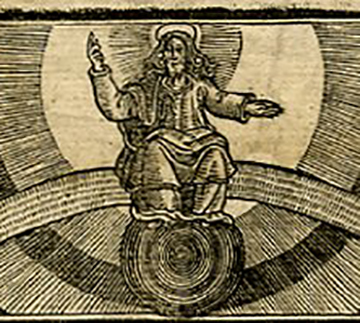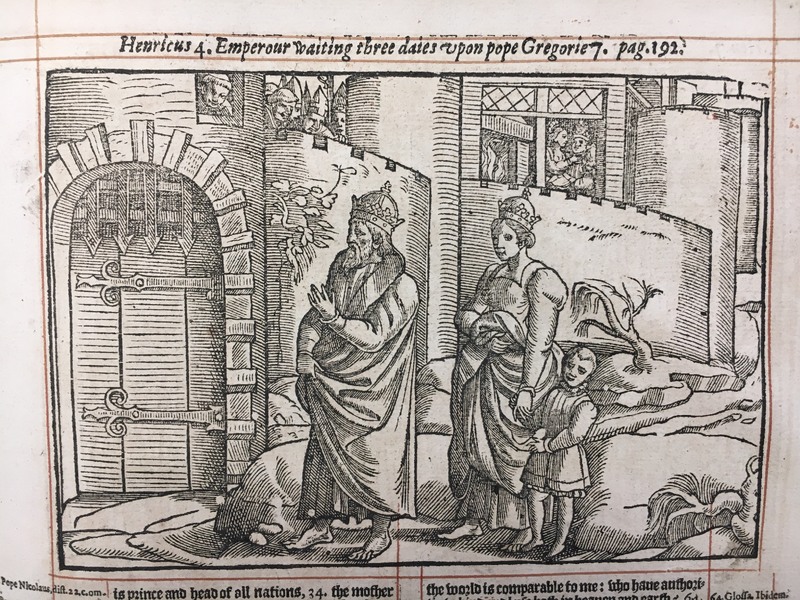Children in Acts and Monuments
What is childhood?
Widely thought of as a period of biological development, Philippe Airès was the first to characterize it as a societal construct (Averett 3). His text, L’Enfant et la Vie Familiale sous l’Ancien Régime from 1960 is considered the foundational work in the study of the child in history (3). One of Airès most contested conclusions is that the idea of childhood emerged in the Renaissance: scholars have argued that there were indeed Medieval and ancient understandings of childhood (3). Nonetheless, my research draws on Airès notion that new conceptions of childhood emerged, and older ones evolved, in the early modern period.
I start my exhibit by looking at historically broad images of children from the fifteenth to eighteenth centuries. In doing so, I hope to situate the woodcuts from John Foxe’s 1610 edition of Acts and Monuments. After discussing the evolution of children in art, and thus social perceptions of them, I will discuss a recurrent image of Emperor Henry IV alongside his wife and child. Finally, I will question how viewers were meant to interpret constructions of childhood in Acts and Monuments. Was the text intended for children? If it was, how would children have understood this text?
Ultimately, I ask: What is the function and effect of including children within a martyrology? Are children being represented in new ways within the text? If so, how are the children performing their identities?
Section author: Hannah Rizun

